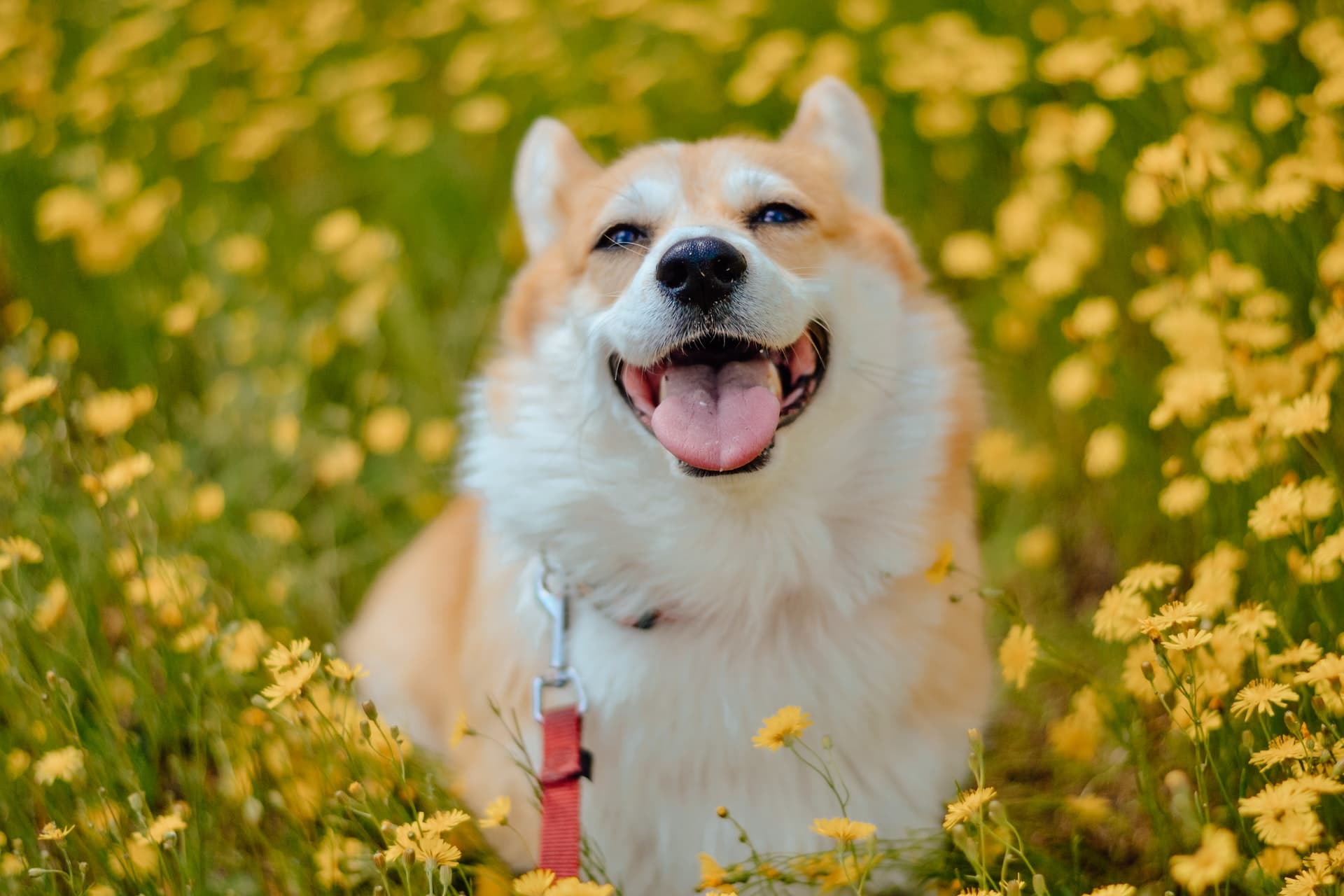
We are many people, who we use plants to bring a piece of nature to the interiors or terraces of our homes and we turn them into a decorative element. But on certain occasions, we are not aware that something as natural as a plant can do great harm to our pets.
There are poisonous plants for our dogs, which can cause quite serious problems for their health such as difficulty breathing, nausea, seizures and in more extreme cases even death.
Do not be alarmed reading this that we have just mentioned, in this publication We are going to help you differentiate between different types of toxic plants for furry four-legged. You must be careful and prevent your pets from approaching or eating them.
What plants are toxic to dogs?
We bring you a list of poisonous plants that you should know and take special care if your pet eats it or approaches it.
Tulip

As in the case of other bulbs that we will see, tulips contain a toxic substance. If your animal has been in contact with it, the symptoms it will present are gastrointestinal irritation, vomiting and diarrhea.
Spatiphilian

Source: jardineriaon.com
This plant can cause shortness of breath in your pet if ingested without realizing it, in addition to excessive salivation, difficulty swallowing, inflammation in the neck, stomach and intestines. It is as beautiful as it is dangerous, since just rubbing it can result in irritation, inflammation or even blisters in the contact area.
azalea and rhododendron

One of the most common plants in parks and green areas of many cities. Cases of poisoning with this plant are not very frequent, but some may occur causing symptoms such as irritation in the mouth and digestive systemAlso vomiting and diarrhea.
The problematic parts to watch out for are the leaves and the nectar contained in the flower. In serious cases due to the ingestion of this variety, it even reaches the point of leaving the animal in a coma or causing death.
Narcissus
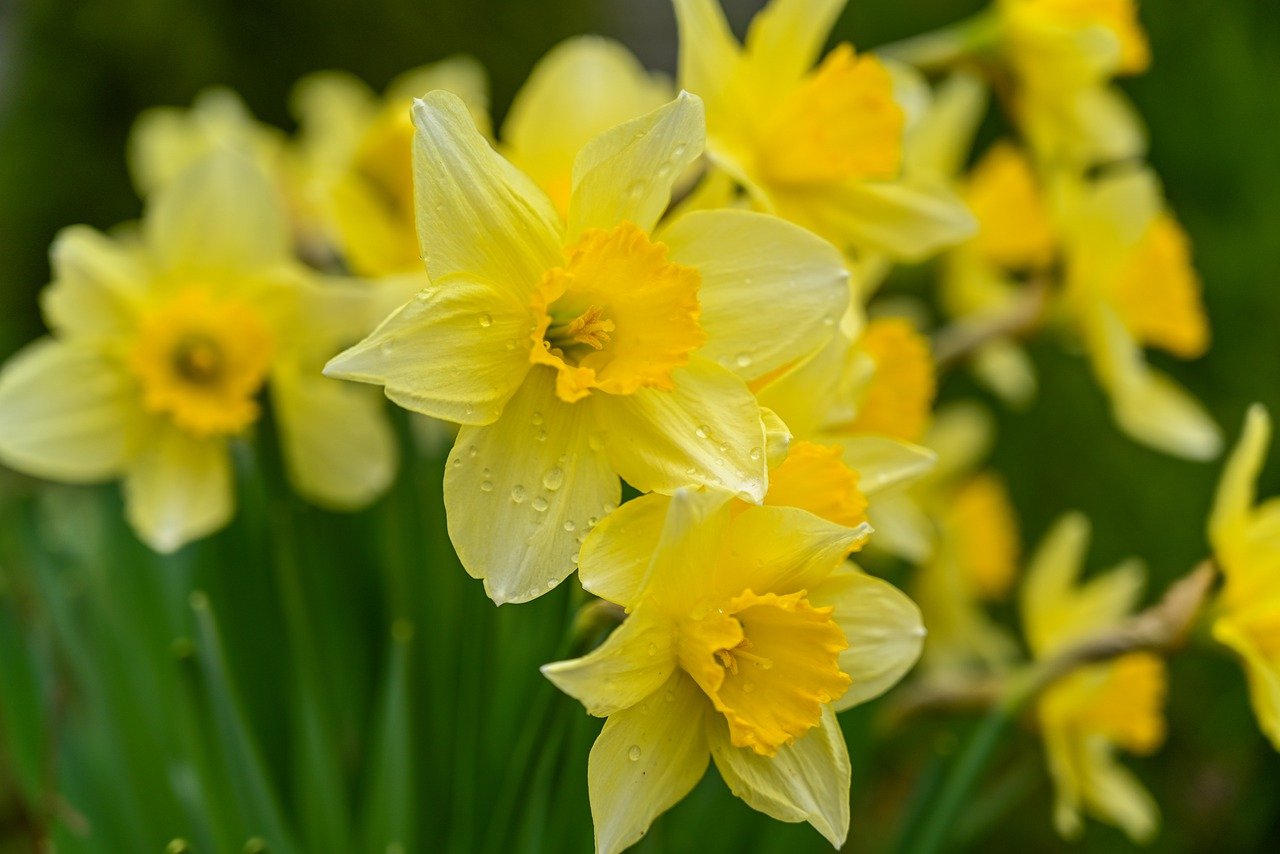
Classic plant in many of the gardens or terraces that poses a threat to furry four-legged people. As in the case of the tulip, it is in the Narcissus bulb where a toxic substance is located that will cause the animals vomiting and diarrhea and even arrhythmias and seizures.
Hydrangea
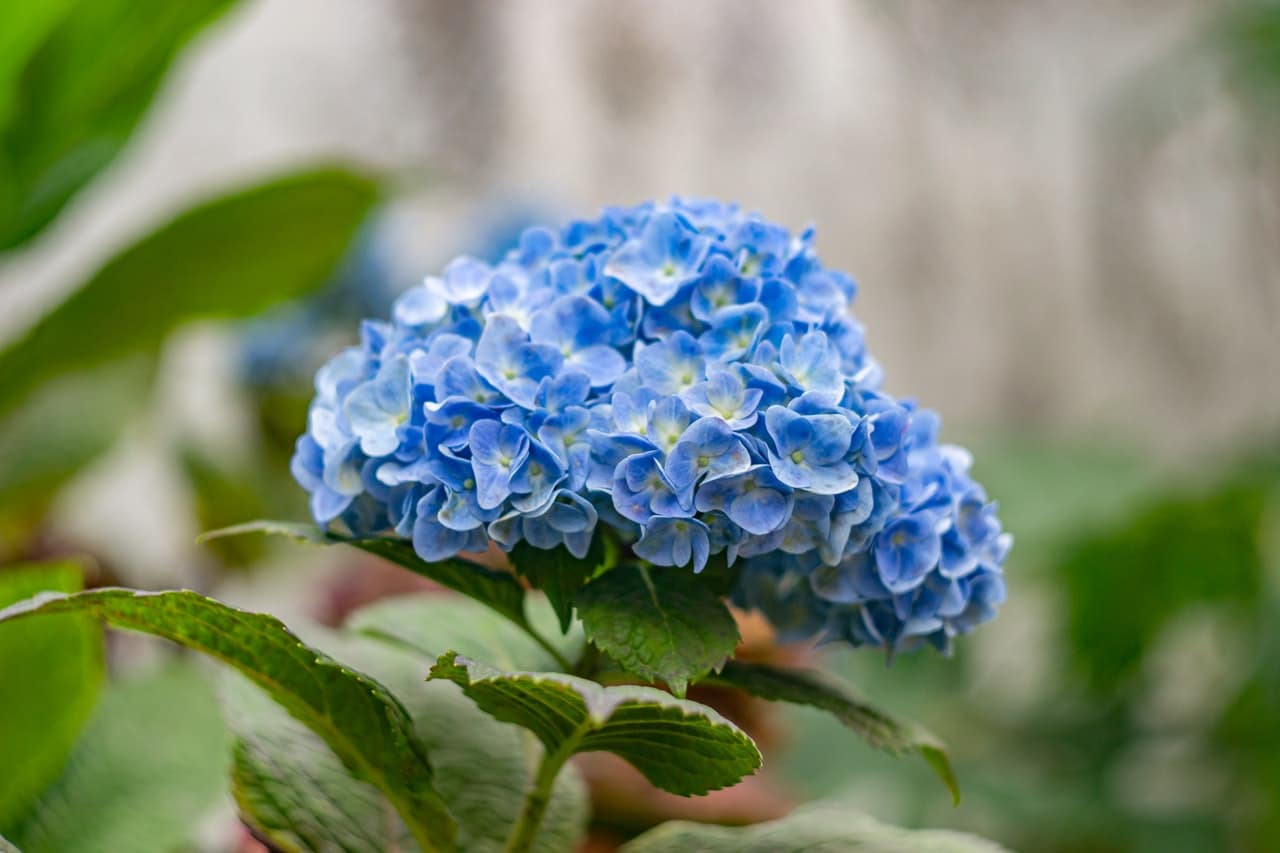
Beautiful flower with very attractive bright colors that attract a lot of attention. Both the leaves and the flowers are toxic to dogs, the tails present symptoms such as abdominal pain, vomiting, digestive infections and in the most serious cases coma.
Croton

Another toxic plant for dogs that An overdose can end your life.. This shrub with large, thick, shiny, evergreen leaves has the following effects after digestion; burning in the mouth and a lot of salivation, difficulty swallowing, inflammation of the tongue, esophagus and stomach, intense vomiting and diarrhea, as well as dilated pupils and seizures.
Hyacinth
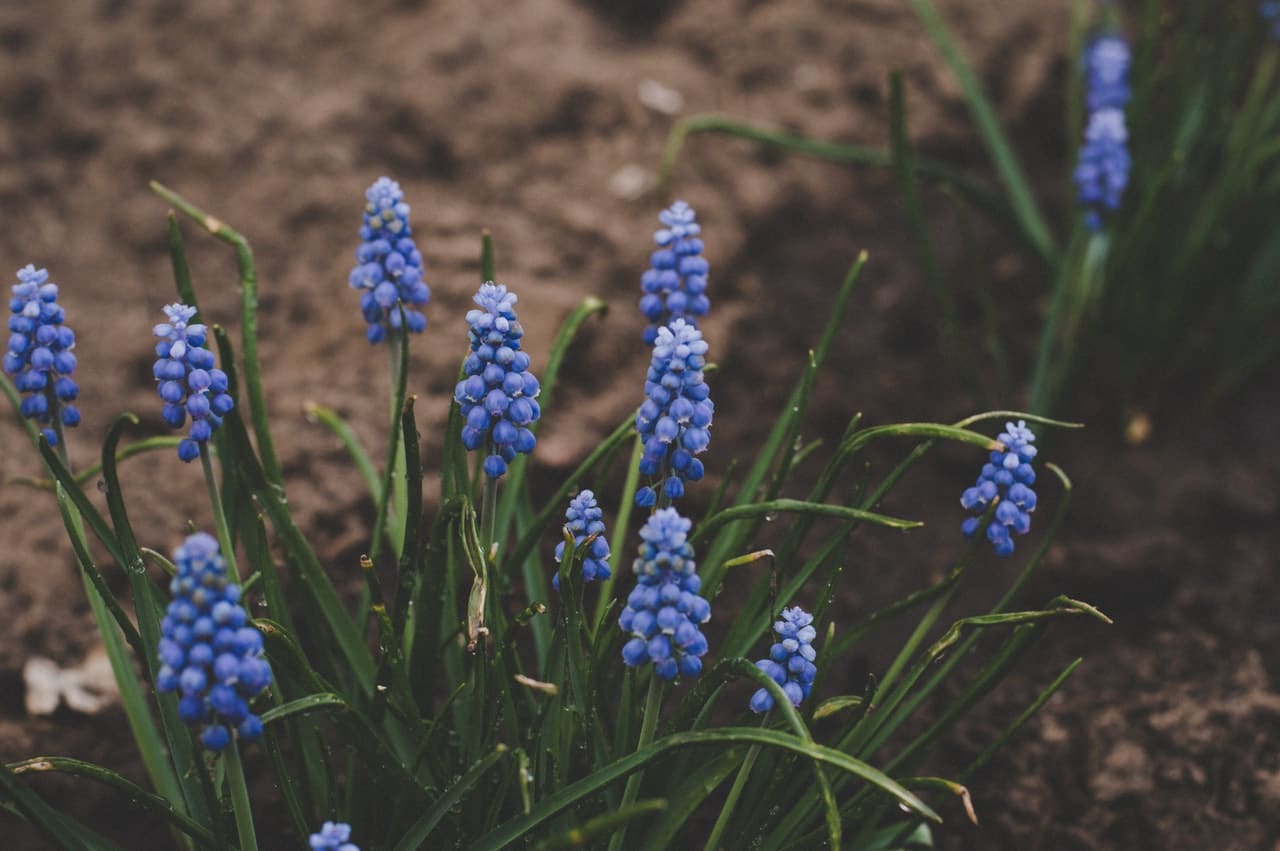
We name a third toxic bulb for your pets with which you should be careful. As in the other cases, it is in the bulb where the Hyacinth contains a toxic substance. leading to digestive problems, abdominal pain, vomiting and diarrhea.
In the event that your pet is small in size and there is the possibility of excessive intake of this plant it can cause death.
Poinsettia
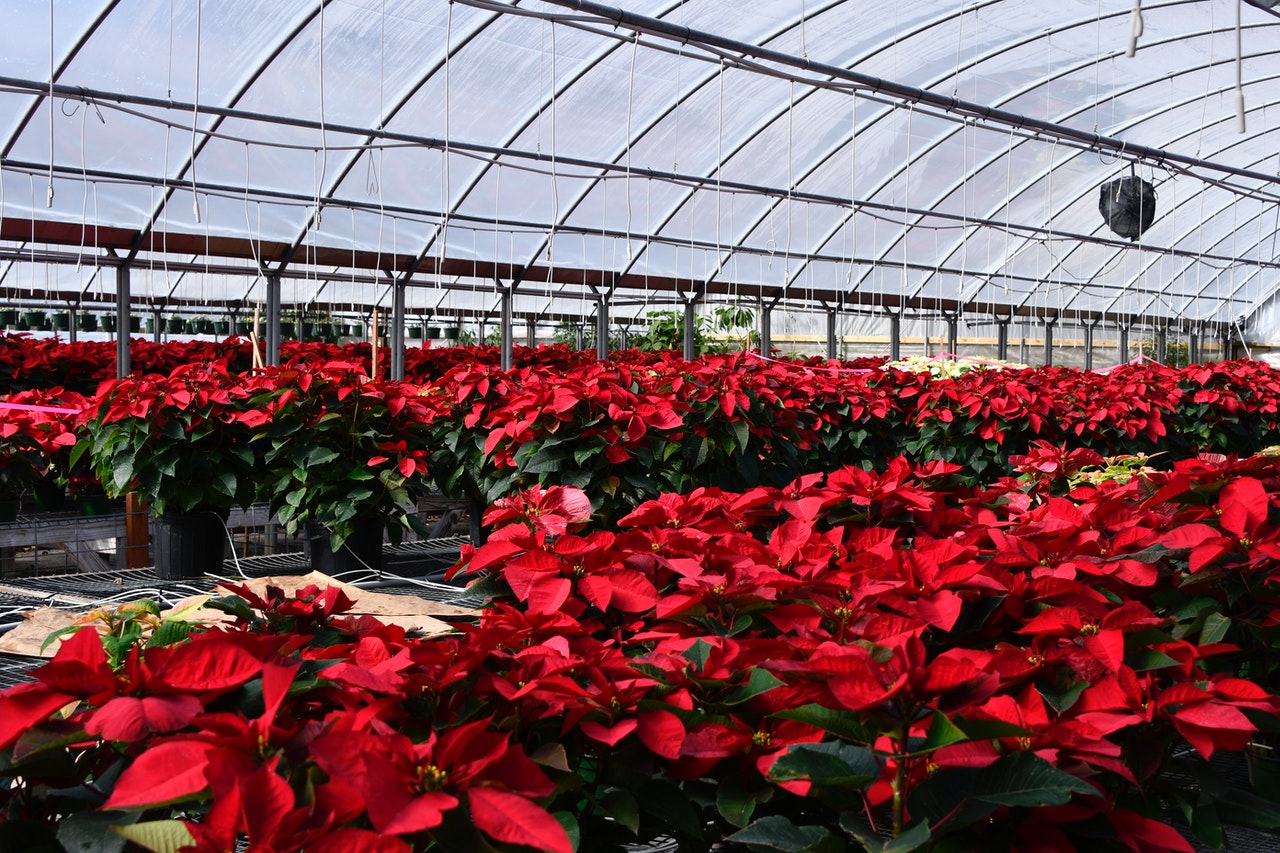
Who does not have a poinsettia at home as decoration at Christmas, surely most of you. Special care must be taken if you put this plant and a dog together, since the sap of its branches causes a reaction in the animal's skin, resulting in dermatitis.
If by chance the dog eats the plant, it will cause effects such as vomiting, diarrhea, abdominal pain, irritation of the mucous cavities and excess salivation.
Oleander
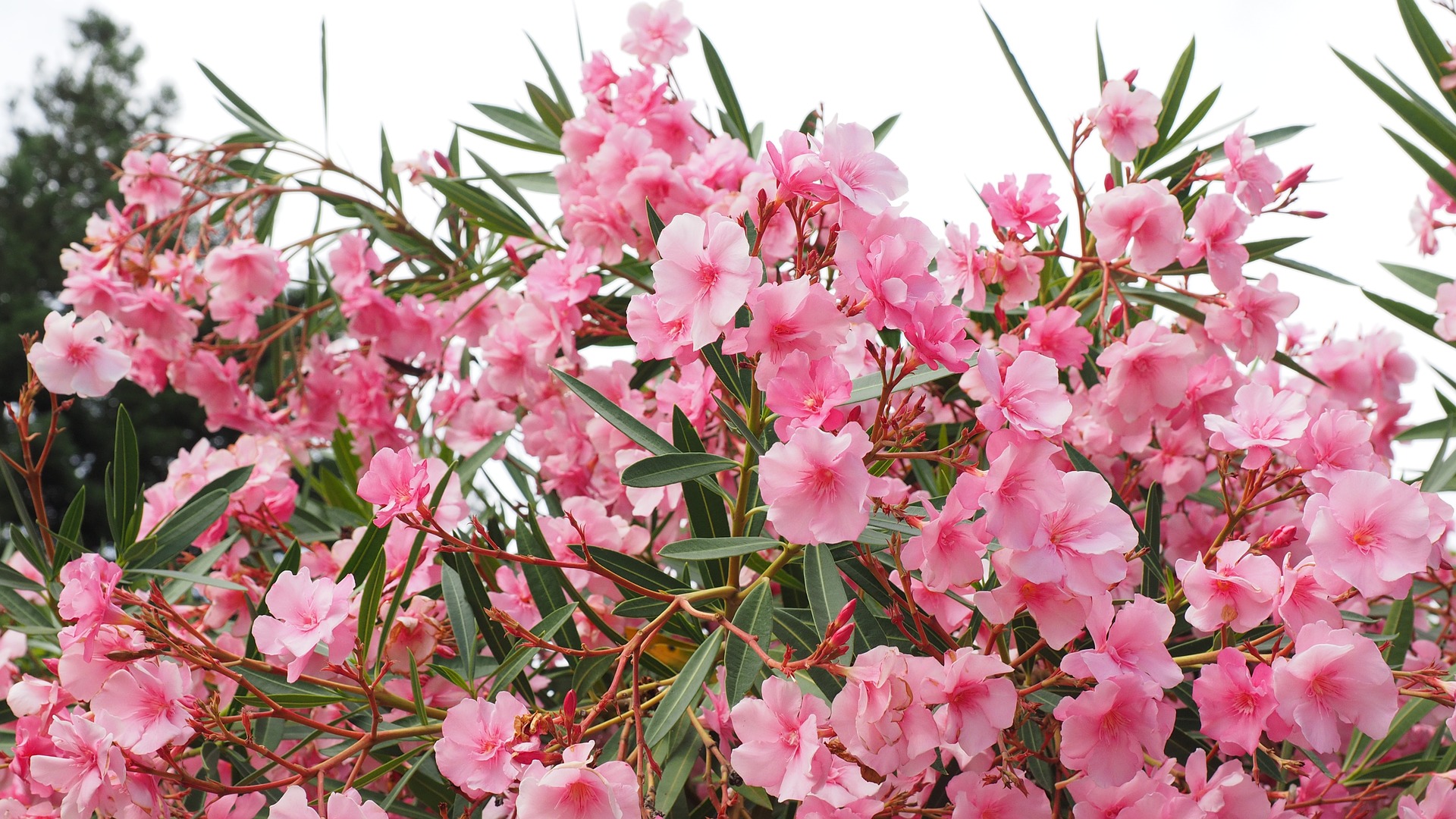
That your dog eats this plant could be deadly for him. Some of the symptoms They are common to many of the plants that we have seen or that we are going to see, such as vomiting, diarrhea, drowsiness, irritation and abdominal pain..
But there are others that are much more worrying, such as depression of the dog's central nervous system, tachycardia, respiratory distress, arrhythmias, and even coma or death.
Homies
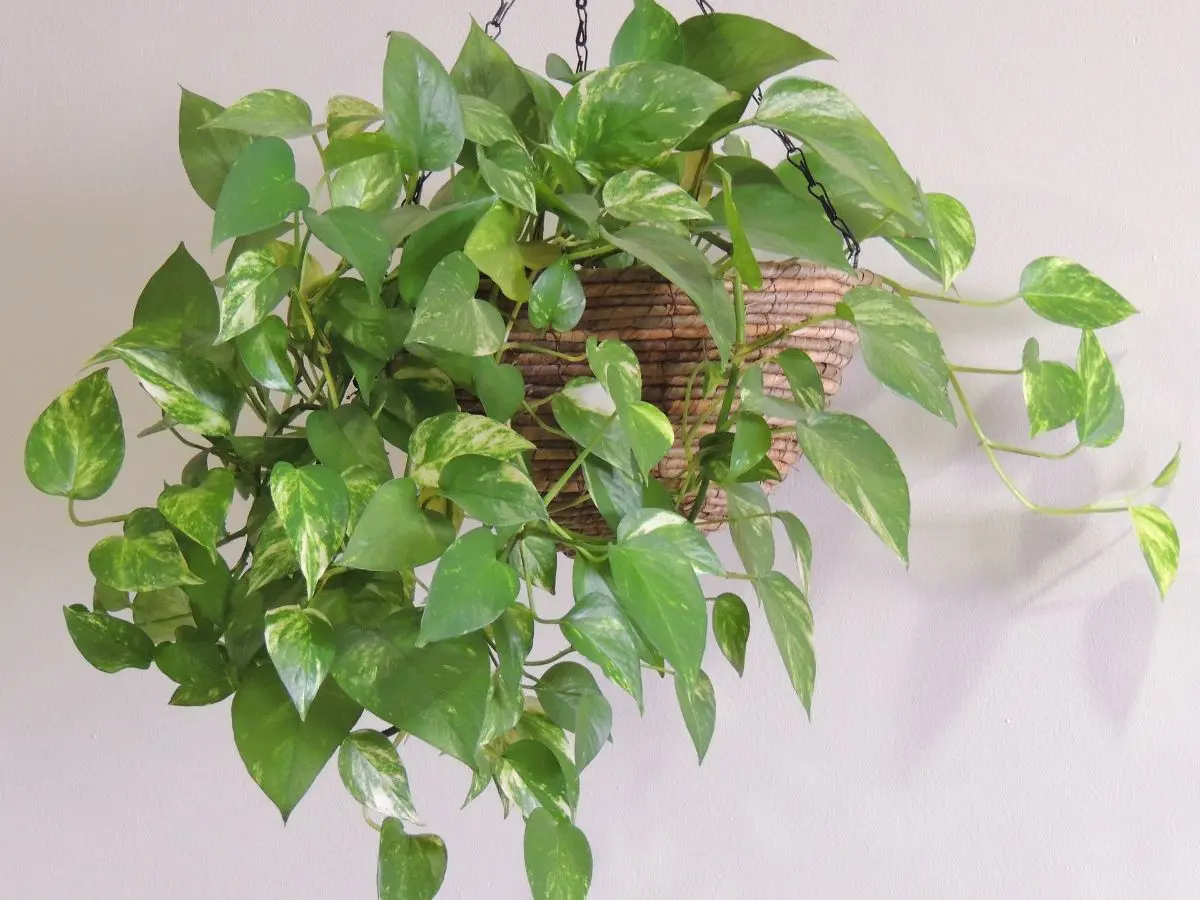
Source: jardineriaon.com
In homes it is one of the most common indoor plants, but it is also one of those that can cause problems for our animals. If the dog has accidentally ingested this plant You may begin to experience inflammation of the mucous membranes, the pharynx, difficulty breathing, digestive problems, seizures, and even kidney damage..
Anthurium andreanum or flamingo flower
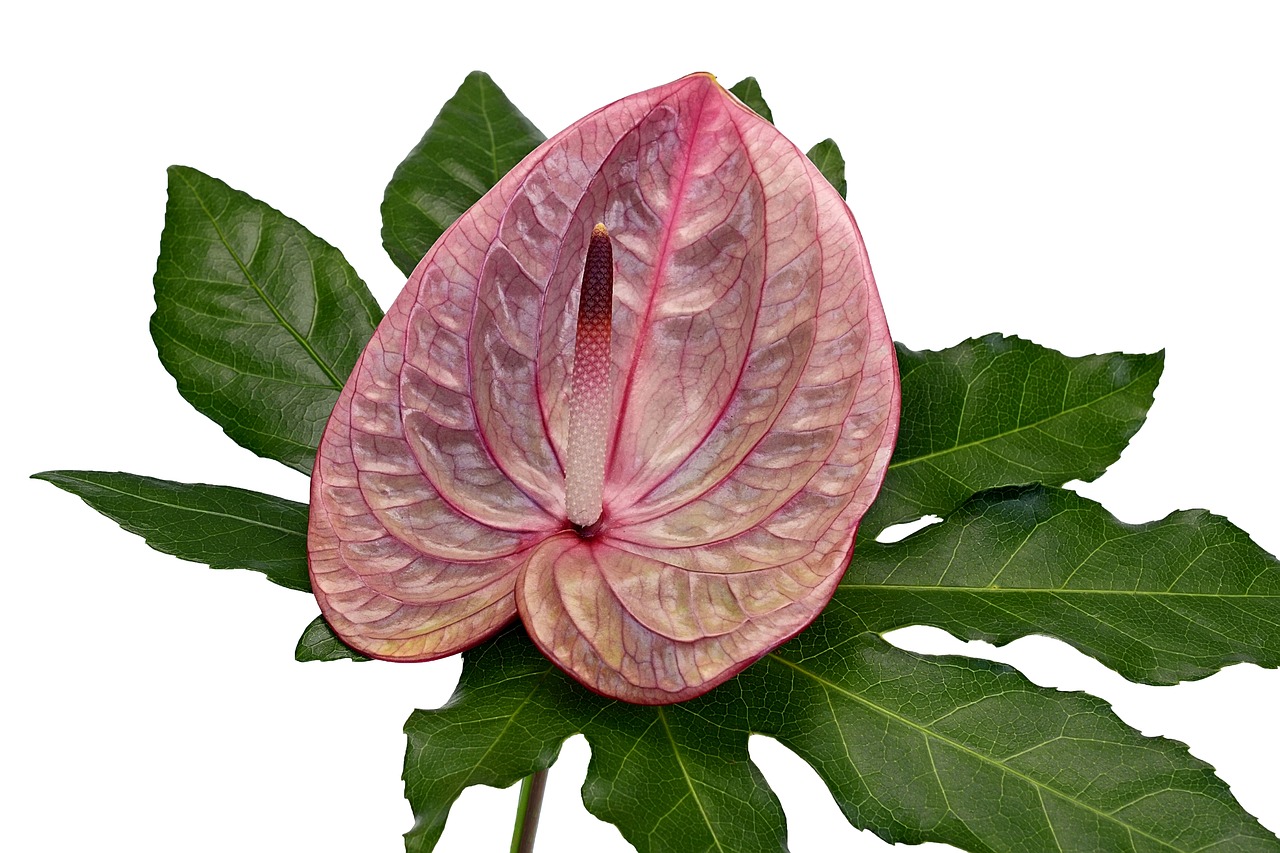
Flamingo flowers bloom from spring to the end of the summer season. They are harmful to dogs in their entirety, both leaves and flowers and stems. Special care must be taken to prevent the dog from approaching it since directly affects the digestive system of the animal, causing excessive salivation, mucosal irritation, itching, inflammation and skin irritation, paralysis and vomiting, among others.
Aloe vera

Another of the classics that we can see planted in homes and that poses a threat to pets. The toxic part of this plant is the sap it contains., it is a yellowish substance that is located under the skin of its leaves. It is not the same as the gel, this is the transparent pulp inside.
The most common symptoms if your pet has ingested this yellowish sap is appearance of blisters on the skin, abundant salivation, vomiting, diarrhoea, pain in the abdominal part and slowing of the heart rate. If by chance the contact with this substance has been with the eye, it can create conjunctivitis.
Adam's rib

Source: jardineriaon.com
The calcium oxalate found in the leaves of this plant are the cause of the following symptoms in dogs; irritation, itching, vomiting, inflammation of the neck and esophagus and in the most severe cases paralysis of the tongue, so it is convenient to get away from them and not have them at home.
Cyclamen
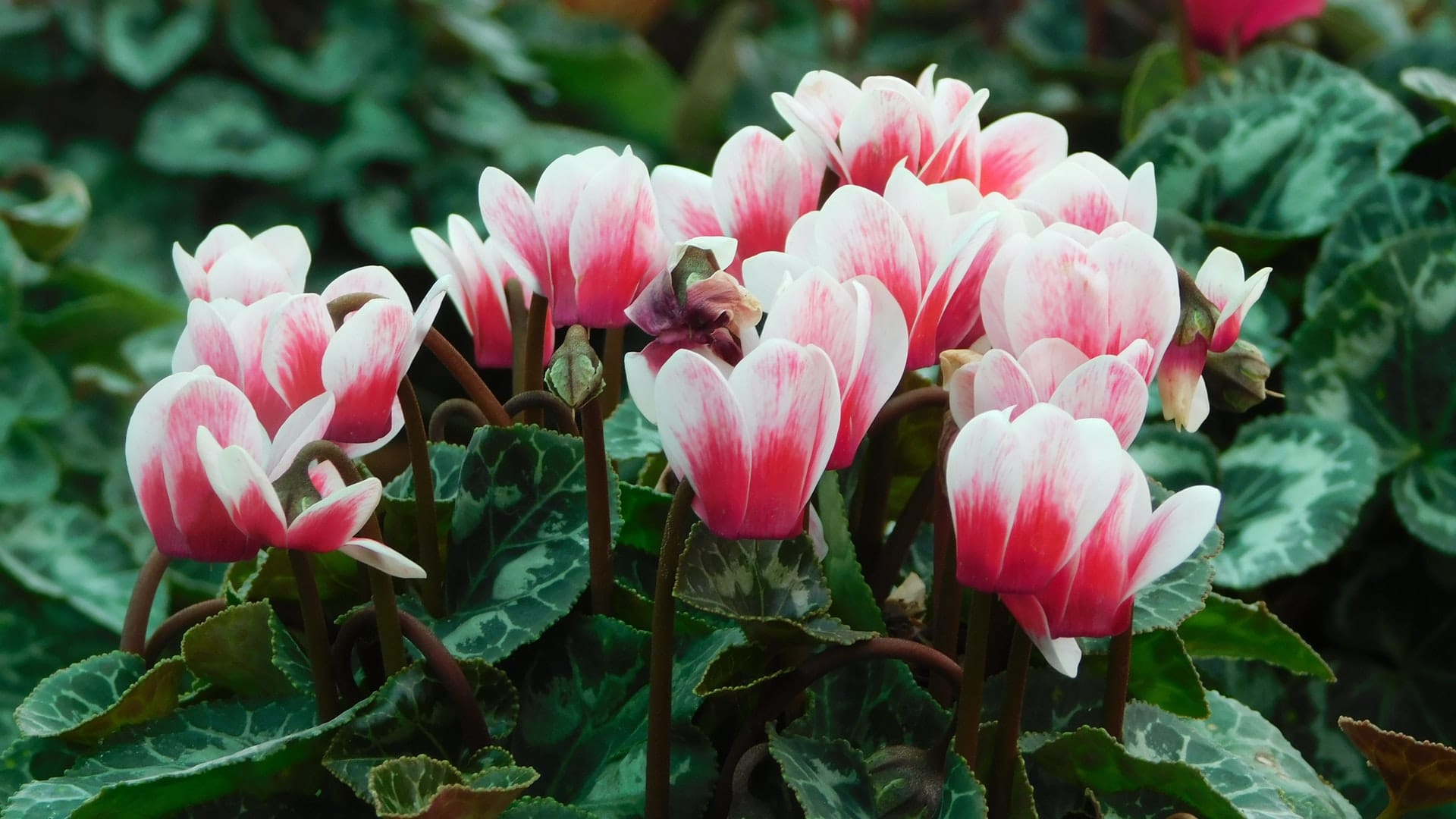
Cyclamen is a plant that contains a toxic substance for animals if they ingest it, this substance is cyclamine. If your animal comes into contact with or eats this substance, it may suffer from vomiting, acute diarrhoea, discomfort and intense pain in the abdominal area., seizures, kidney failure, arrhythmia and even paralysis.
lilies or lilies

They are not poisonous to our pets, but they are they pose a problem if ingested in large quantities as they can cause serious problems in dogs. It is not normal for adult dogs to ingest or approach these types of plants, special care must be taken with puppies.
Kalanchoe

Easy to distinguish by its large green leaves and clusters of flowers of different bright colors. The toxic substances that are part of this plant and that are harmful to the health of dogs are called cardiac glycosides. They are substances that produce intoxications that affect the digestive and nervous systems.
Holly
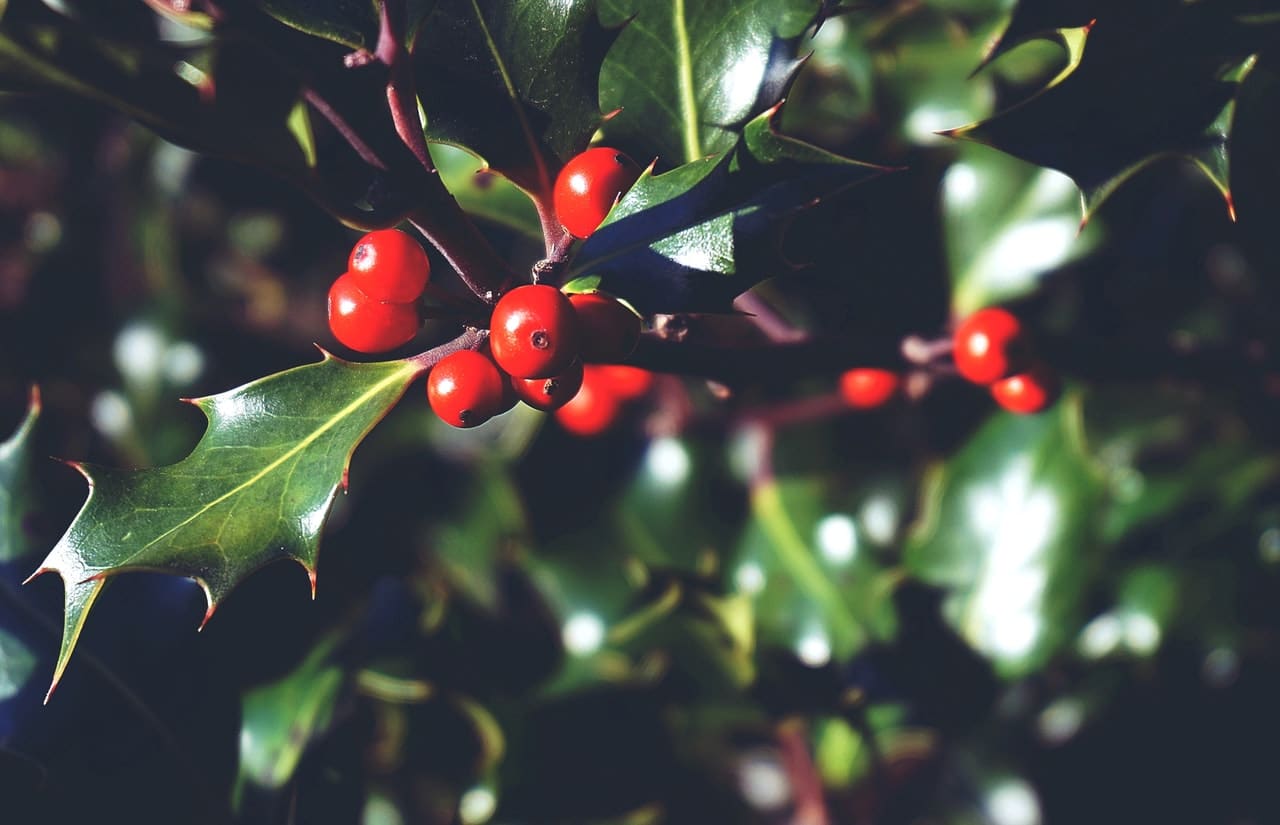
We can see it especially at Christmas time in homes as a decoration element. Both its leaves and its small red fruits are toxic to both dogs and cats, so it is advisable that if you have pets you avoid this plant.
It can produce the following symptoms after ingestion: vomiting and acute diarrhea, drowsiness, and even in the most extreme cases the death of the animal.
Tinker Bell

The roots and seeds of morning glory are the most at risk parts of the plant. In addition to being purgative, that is, it contains substances that have a laxative effect, this plant can also cause the animal to hallucinate after ingesting it.
Ivy
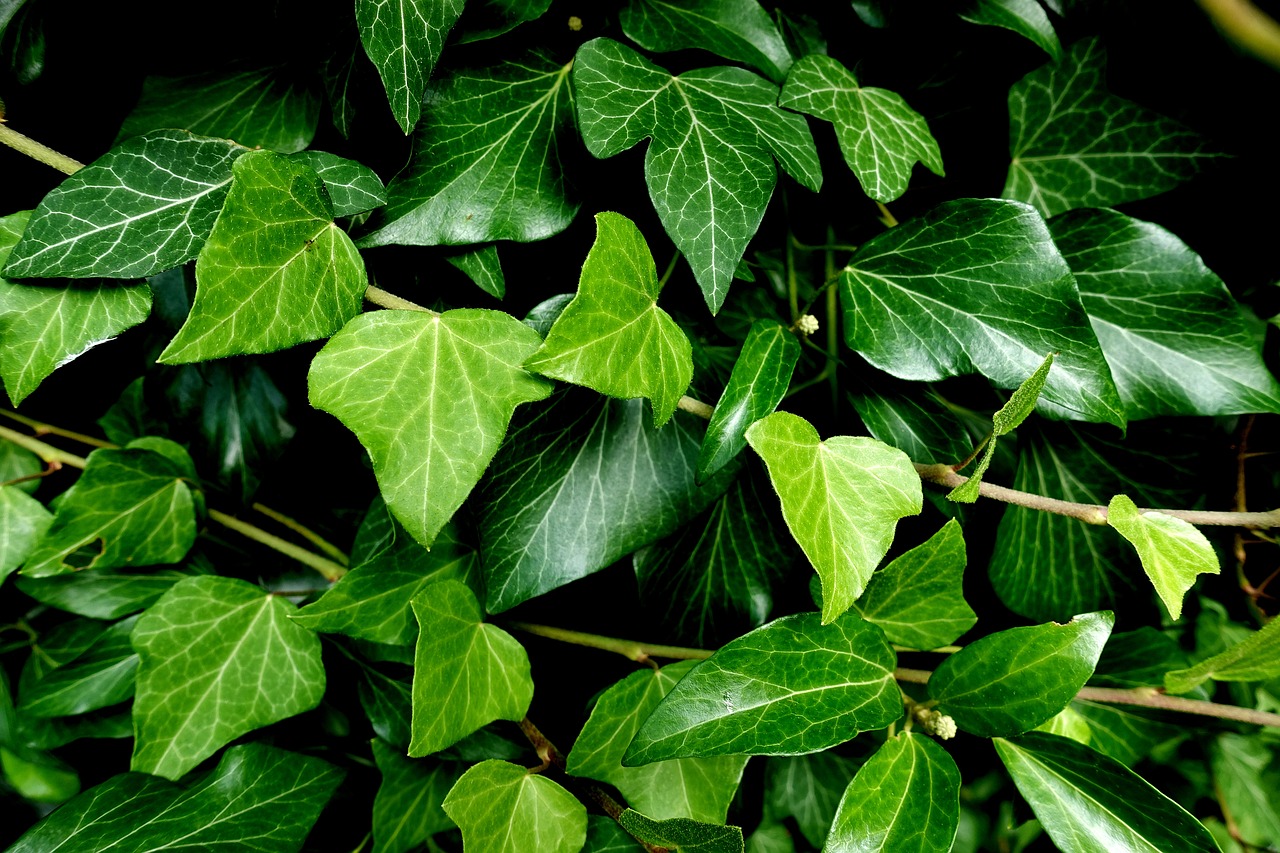
Plant that can be found anywhere, is known as a weed that no matter how much you want to avoid it, you will not be able to. If you walk through areas or have a garden where this plant appears, you should be careful with your dog.
If your pet has been in contact with ivy you will have to watch that it has not caused respiratory distress as it produces inflammation in the respiratory tract.
marijuana
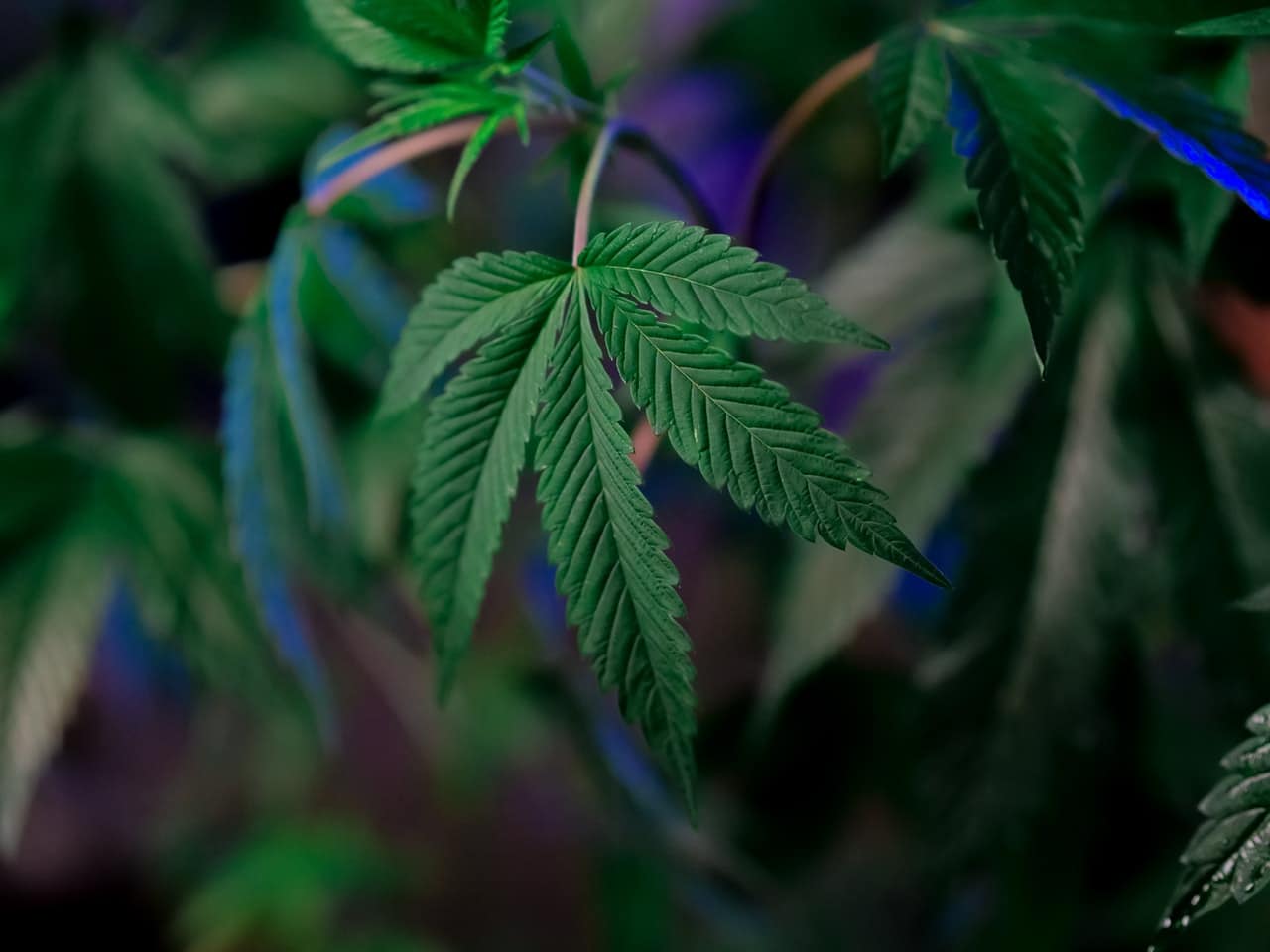
It is very rare for animals to become intoxicated with this type of plant, but it never hurts to know the possible effects that they can produce. They can become intoxicated if they breathe the smoke of this plant for a long time or if they accidentally eat any food that contains it., for example, a cake.
Dogs that are intoxicated by this ingestion will begin with symptoms shortly after and can lead to digestive problems, bright eyes, ataxia, drowsiness, tremors, imbalance, depression, etc.
Cala
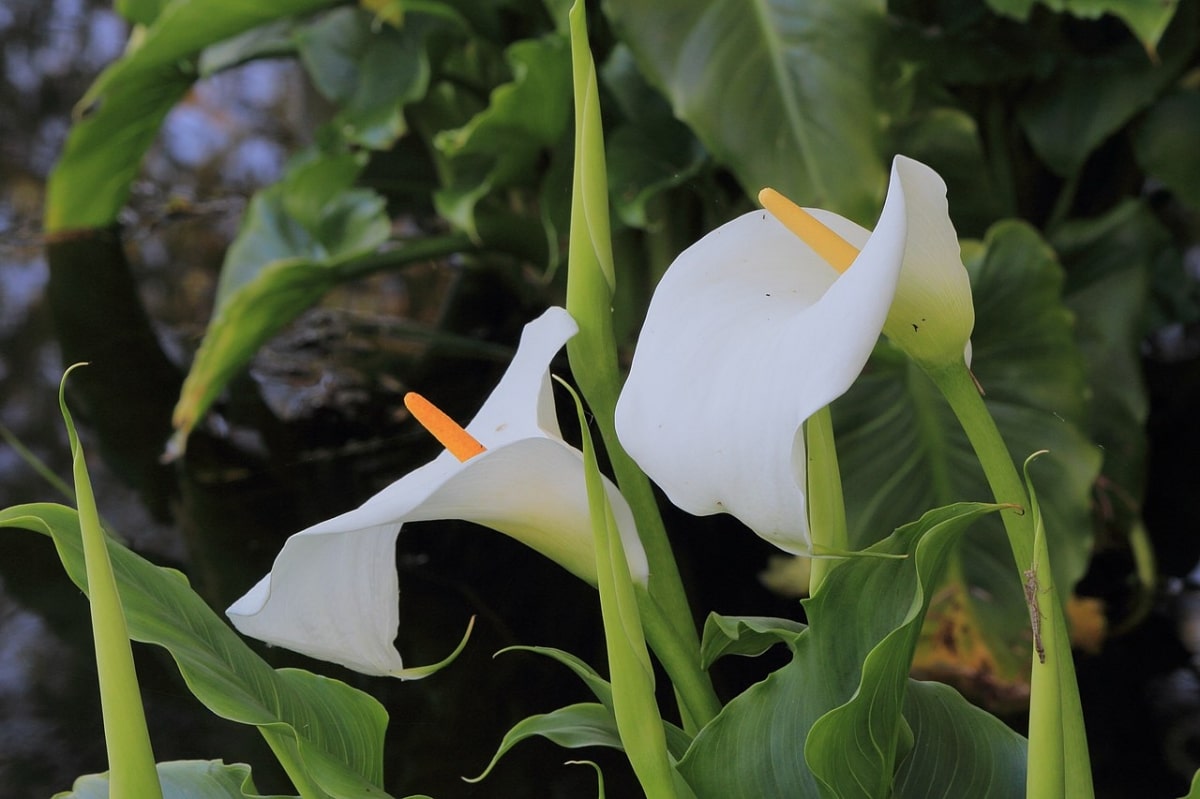
Source: jardineriaon.com
One of the most beautiful flowers and your animal may feel attracted to approach it, but be careful because it is completely toxic.
The most common symptoms that appear are irritation in the digestive and respiratory tract, itching, impaired kidney function, facial swelling, in addition to a possible paralysis in the tongue.
Kills dogs
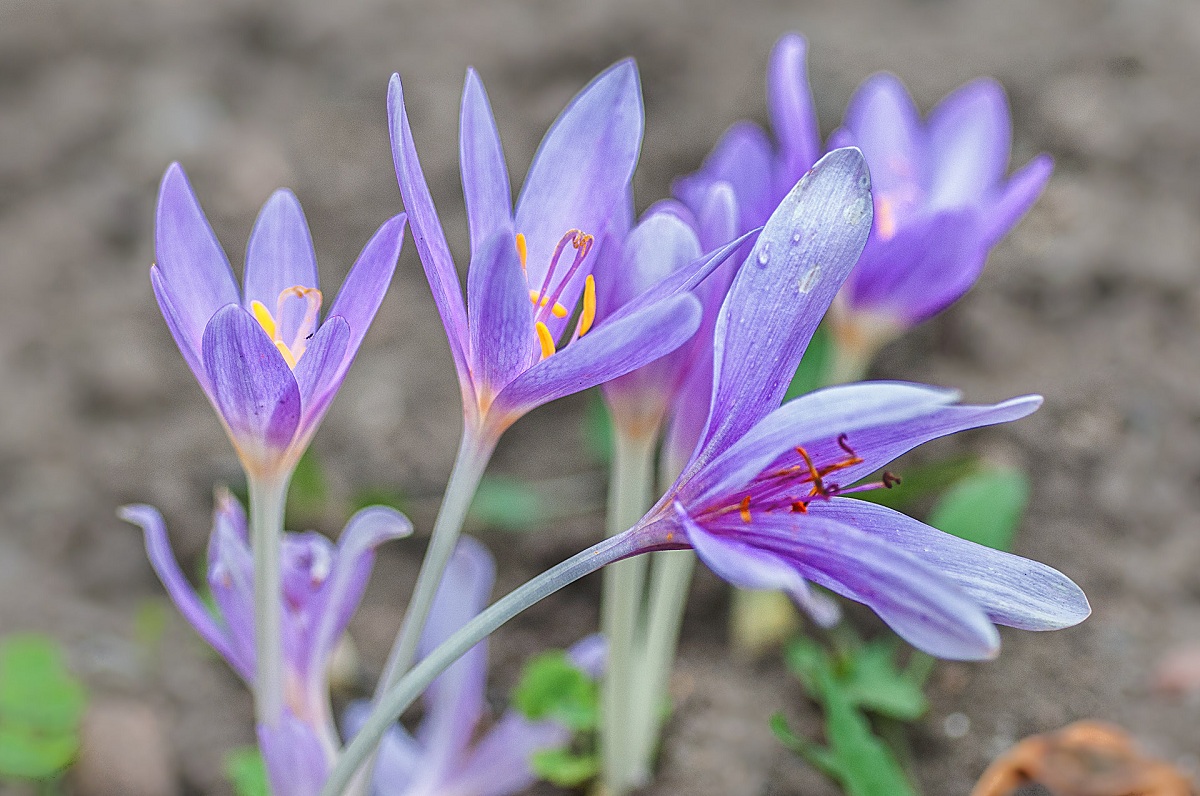
Also known as autumn daffodil and one of the most toxic for these animals and more if they ingest it in excessive amounts. It is usually found especially in humid mountain areas, so it is usually unlikely to find it.
It can cause severe vomiting, damage to the animal's liver and kidneys, and respiratory failure.
Cica
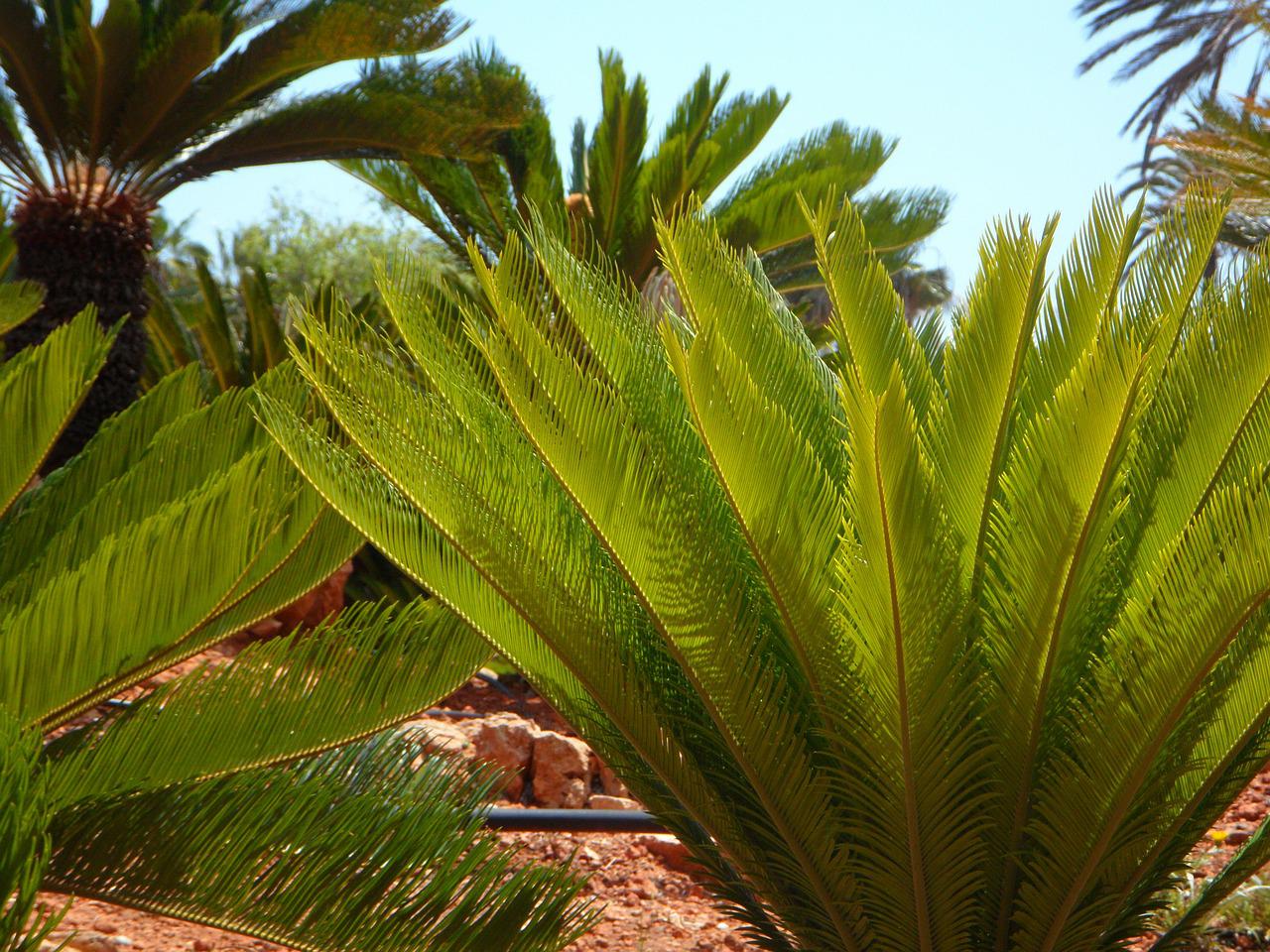
This type of green leaf plant is very common to see all over the world, some say that it looks like a kind of palm tree. The cyca can become highly toxic to dogs, so much so that it can cause death.
It is one of the main causes of poisoning in these animals, causing symptoms such as apathy, vomiting, diarrhea, nosebleeds, liver failure, and, as we have just mentioned, death.
Surely, as we have told you at the beginning of this publication, there are many more toxic plants for our four-legged companions. Here we have mentioned some of the ones that you can find more easily and what are its most common symptoms.
If you know more plants that are toxic for these animals, do not hesitate to leave us in the comment box what they are and what symptoms they cause to dogs if they are in contact with them, so that both we and other readers will know the type of plant and its consequences.